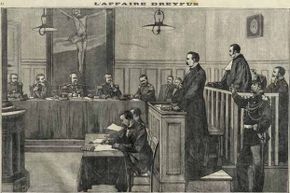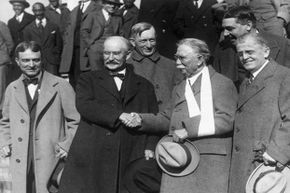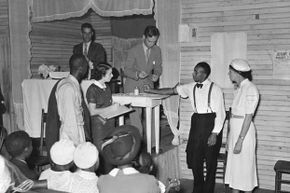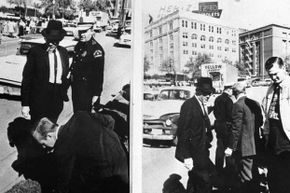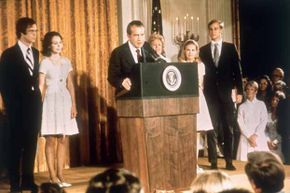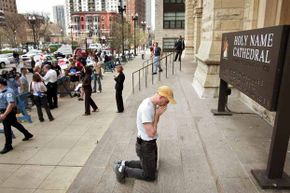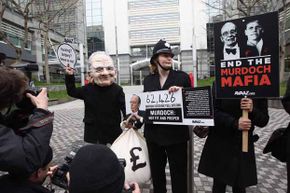It's easy to dismiss conspiracy theorists who claim that the 9/11 attacks were staged by the U.S. government or that Princess Diana was actually murdered. But just because some accusations are far-fetched, that doesn't mean that conspiracies don't ever happen.
To the contrary, history is filled with examples of real-life conspiracies. Recently, forensic scientists used a computerized tomography (CT) scan to examine the mummy of the Egyptian pharaoh Ramesses III, who died in 1155 B.C., and spotted a wide, deep wound in his throat, probably caused by a sharp blade. That confirmed what Egyptologists already had discovered by perusing ancient papyrus scrolls — that Ramesses had been the victim of a conspiracy by members of his harem, who murdered him in an attempt to seize power [source: ScienceDaily].
Advertisement
But it's also revealing that the conspirators against Ramesses didn't get away with their deed, apparently because they were overheard discussing their plot. Before long, they were arrested and eventually executed [source: Records of the Harem Conspiracy].
As former Nixon White House aide G. Gordon Liddy — a key figure in the notorious Watergate scandal and cover-up — noted, the big problem with conspiracies is that people can't keep their mouths shut [source: Shermer]. That tendency to blab may stem from a desire to take credit for an ingenious plot, but it also may have something to do with the stress of duplicity. A 2012 study published in the Journal of Experimental Psychology found that secret-keeping exacted a physical toll on subjects, increasing the effort needed to perform tasks, and even making hills that they had to climb feel steeper.
So it's no wonder that the bad stuff gets out, eventually. Here are 10 examples of cover-ups that backfired.

